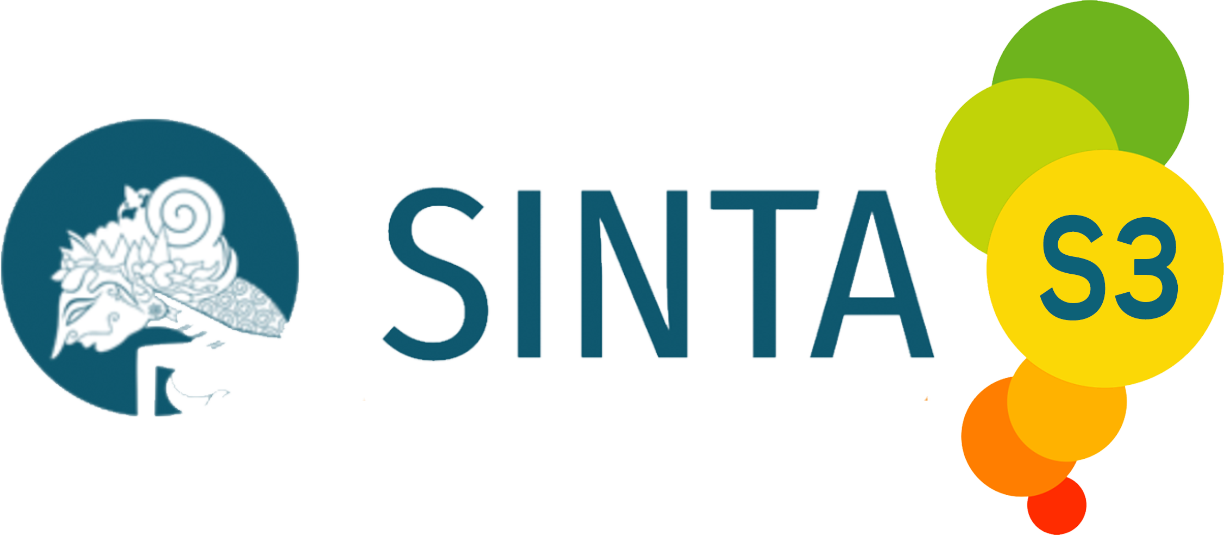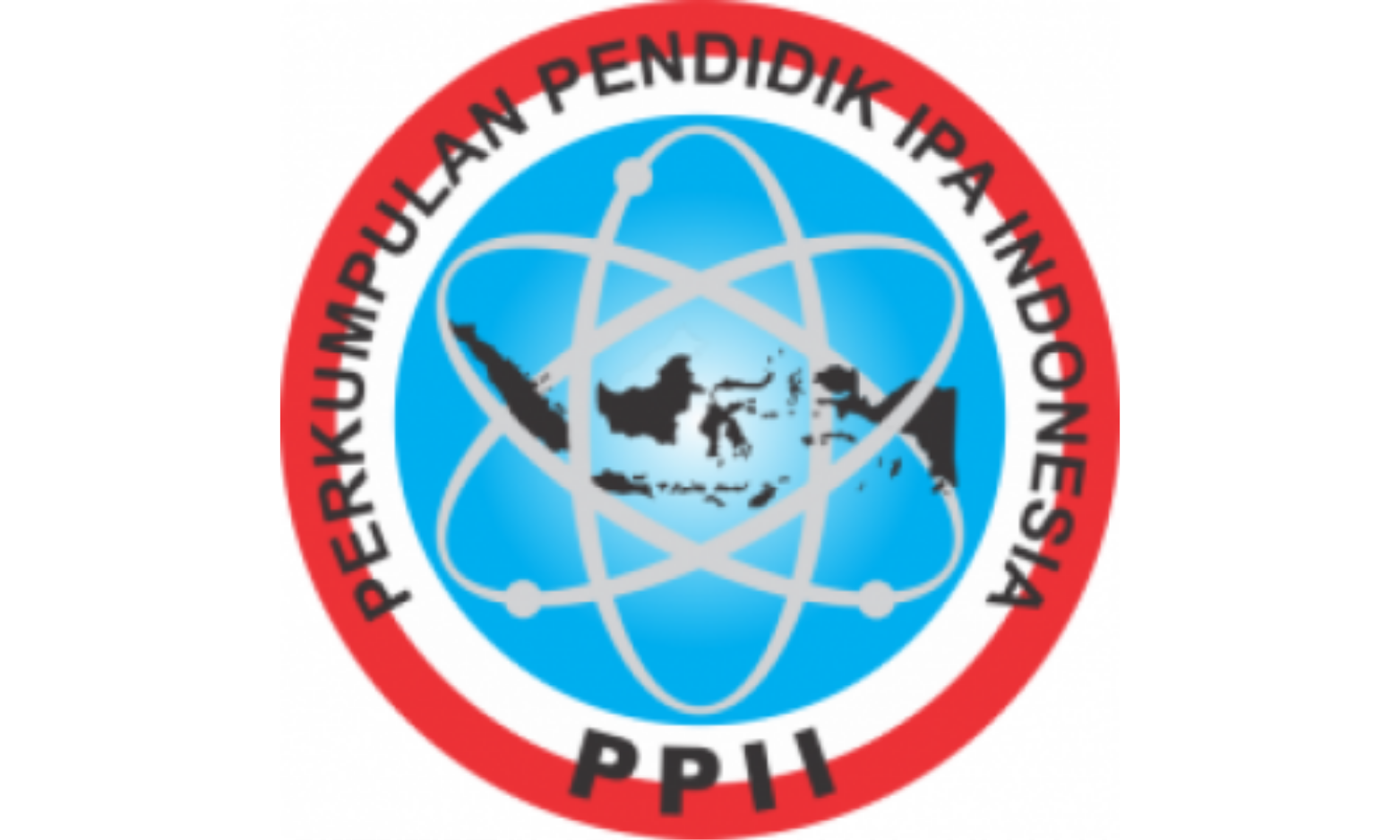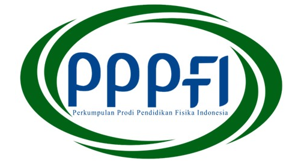E-MODULES BASED ON MULTI-REPRESENTATIONS ON NEWTON'S LAW MATERIALS
DOI:
https://doi.org/10.15575/jotalp.v7i1.10999Keywords:
E-module, Multiple Representation, Newton Law’sAbstract
References
Ainsworth, S. (2006). DeFT: A conceptual framework for considering learning with multiple representations. Learning and Instruction, 16(3), 183–198. https://doi.org/10.1016/j.learninstruc.2006.03.001
Bao, L., & Koenig, K. (2019). Physics education research for 21 st century learning. Disciplinary and Interdisciplinary Science Education Research, 1(1), 1–12. https://doi.org/10.1186/s43031-019-0007-8
BenedetiÄ, N. (2018). David F. Treagust, Reinders Duit and Hans E. Fischer (Eds), Multiple Representations in Physics Education, Models and Modelling in Science Education (Volume 10), Cham: Springer.
Burkholder, E. W., Miles, J. K., Layden, T. J., Wang, K. D., Fritz, A. V, & Wieman, C. E. (2020). Template for teaching and assessment of problem solving in introductory physics. Physical Review Physics Education Research, 16(1), 10123. https://doi.org/10.1103/PhysRevPhysEducRes.16.010123
Campos, E., Zavala, G., Zuza, K., & Guisasola, J. (2020). Students’ understanding of the concept of the electric field through conversions of multiple representations. Physical Review Physics Education Research, 16(1), 10135. https://doi.org/10.1103/PhysRevPhysEducRes.16.010135
Chen, H., Yin, C., Li, R., Rong, W., Xiong, Z., & David, B. (2019). Enhanced learning resource recommendation based on online learning style model. Tsinghua Science and Technology, 25(3), 348–356. https://doi.org/10.26599/TST.2019.9010014
Chusni, M M, Suranto, S., Rahardjo, S. B., & Saputro, S. (2020). Profile of multi-modal representation ability of junior high school students on science material in Sleman district. Journal of Physics: Conference Series, 1511(1), 12107. https://doi.org/10.1088/1742-6596/1511/1/012107
Chusni, Muhammad Minan, Saputro, S., & Rahardjo, S. B. (2022). Enhancing Critical Thinking Skills of Junior High School Students through Discovery-Based Multiple Representations Learning Model. International Journal of Instruction, 15(1). https://doi.org/10.29333/iji.2022.15153a
Cukurova, M., Bennett, J., & Abrahams, I. (2018). Students’ knowledge acquisition and ability to apply knowledge into different science contexts in two different independent learning settings. ReseaRch in Science & Technological EducaTion, 36(1), 17–34. https://doi.org/10.1080/02635143.2017.1336709
Dewi, P. Y. A., & Primayana, K. H. (2019). Effect of learning module with setting contextual teaching and learning to increase the understanding of concepts. International Journal of Education and Learning, 1(1), 19–26.
Doody, S., & Artemeva, N. (2022). “Everything Is in the Lab Bookâ€: Multimodal Writing, Activity, and Genre Analysis of Symbolic Mediation in Medical Physics. Written Communication, 39(1), 07410883211051634. https://doi.org/10.1177%2F07410883211051634
Farheen, A., & Lewis, S. E. (2021). The impact of representations of chemical bonding on students’ predictions of chemical properties. Chemistry Education Research and Practice, 22(4), 1035–1053. https://doi.org/10.1039/D1RP00070E
Gebre, E. (2018). Learning with multiple representations: Infographics as cognitive tools for authentic learning in science literacy. Canadian Journal of Learning and Technology, 44(1), 1–24. https://doi.org/10.21432/cjlt27572
Holmes, K., & Prieto-Rodriguez, E. (2018). Student and staff perceptions of a learning management system for blended learning in teacher education. Australian Journal of Teacher Education (Online), 43(3), 21–34. https://search.informit.org/doi/abs/10.3316/informit.477648976239419
Jhangiani, R. S., Dastur, F. N., Le Grand, R., & Penner, K. (2018). As Good or Better than Commercial Textbooks: Students’ Perceptions and Outcomes from Using Open Digital and Open Print Textbooks. Canadian Journal for the Scholarship of Teaching and Learning, 9(1), 1–20.
Lau, K. H., Lam, T., Kam, B. H., Nkhoma, M., Richardson, J., & Thomas, S. (2018). The role of textbook learning resources in e-learning: A taxonomic study. Computers & Education, 118, 10–24. https://doi.org/10.1016/j.compedu.2017.11.005
Maknun, J. (2020). Implementation of Guided Inquiry Learning Model to Improve Understanding Physics Concepts and Critical Thinking Skill of Vocational High School Students. International Education Studies, 13(6), 117. https://doi.org/10.5539/ies.v13n6p117
Mardatila, A., Novia, H., & Sinaga, P. (2019). Penerapan pembelajaran fisika menggunakan multi representasi untuk meningkatkan kemampuan kognitif dan pemecahan masalah siswa SMA pada pokok bahasan gerak parabola. Omega: Jurnal Fisika Dan Pendidikan Fisika, 5(2), 33-39. https://doi.org/10.31758/OmegaJPhysPhysEduc.v5i2.33
Montáns, F. J., Chinesta, F., Gómez-Bombarelli, R., & Kutz, J. N. (2019). Data-driven modeling and learning in science and engineering. Comptes Rendus Mécanique, 347(11), 845–855. https://doi.org/10.1016/j.crme.2019.11.009
Muliyati, D., Marizka, H., & Bakri, F. (2019). E-learning using wordpress on physics materials with the 5E learning cycle strategy. Jurnal Penelitian & Pengembangan Pendidikan Fisika, 5(2), 101–112. https:// doi.org/10.21009/1.05205
Mushlihah, K., Yetri, Y., & Yuberti, Y. (2018). Pengembangan media pembelajaran berbasis multi representasi bermuatan sains keislaman dengan output instagram pada materi hukum Newton. Indonesian Journal of Science and Mathematics Education, 1(3), 207–215. https://doi.org/10.24042/ijsme.v1i3.3595
Piyatissa, M. L. S., Johar, M. G. M., & Tarofder, A. K. (2018). Multiple Representations in Dispelling Some Common Misunderstandings and Increasing the Clarity of Principles of Physics Taught at Secondary School Level. Asian Journal of Contemporary Education, 2(2), 122–135. https://doi.org/10.18488/journal.137.2018.22.122.135
Puspitasari, A. D. (2019). Penerapan Media Pembelajaran Fisika Menggunakan Modul Cetak dan Modul Elektronik pada Siswa SMA. JPF (Jurnal Pendidikan Fisika) Universitas Islam Negeri Alauddin Makassar, 7(1), 17–25. https://doi.org/10.24252/jpf.v7i1.7155
Stathopoulou, A., Siamagka, N.-T., & Christodoulides, G. (2019). A multi-stakeholder view of social media as a supporting tool in higher education: An educator–student perspective. European Management Journal, 37(4), 421–431. https://doi.org/10.1016/j.emj.2019.01.008
Sukma, T. A., Mundilarto, M., & Putri, N. D. (2019). Local wisdom-based electronic book on newton’s law. Jurnal Ilmiah Pendidikan Fisika Al-Biruni, 8(2), 197–206. https://doi.org/10.24042/jipfalbiruni.v0i0.4368
Van Meter, P., List, A., Kendeou, P., & Lombardi, D. (2020). The multiple resources learning framework: Learning from multiple representations and multiple perspectives. In Handbook of Learning from Multiple Representations and Perspectives (pp. 557–588). Routledge.
Wan, S., & Niu, Z. (2018). An e-learning recommendation approach based on the self-organization of learning resource. Knowledge-Based Systems, 160, 71–87. https://doi.org/10.1016/j.knosys.2018.06.014
Wardani, D. L., Degeng, I. N. S., & Cholid, A. (2019). Developing interactive multimedia model 4D for teaching natural science subject. International Journal of Education and Research, 7(1), 63–72
Downloads
Published
Issue
Section
Citation Check
License
Journal of Teaching and Learning Physics is licensed under a Creative Commons Attribution-NonCommercial-NoDerivatives 4.0 International License








